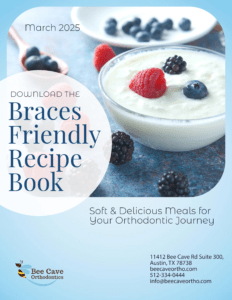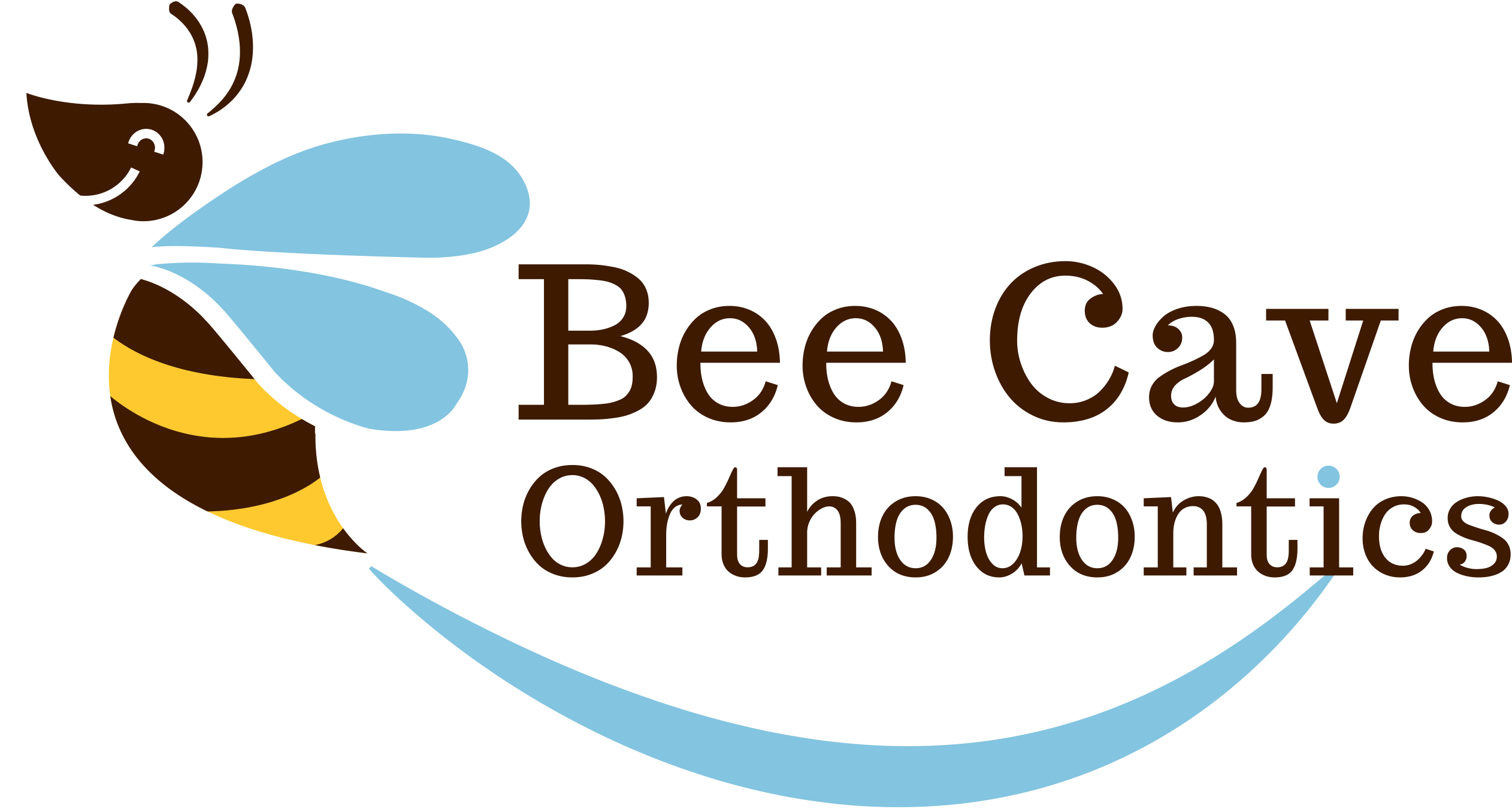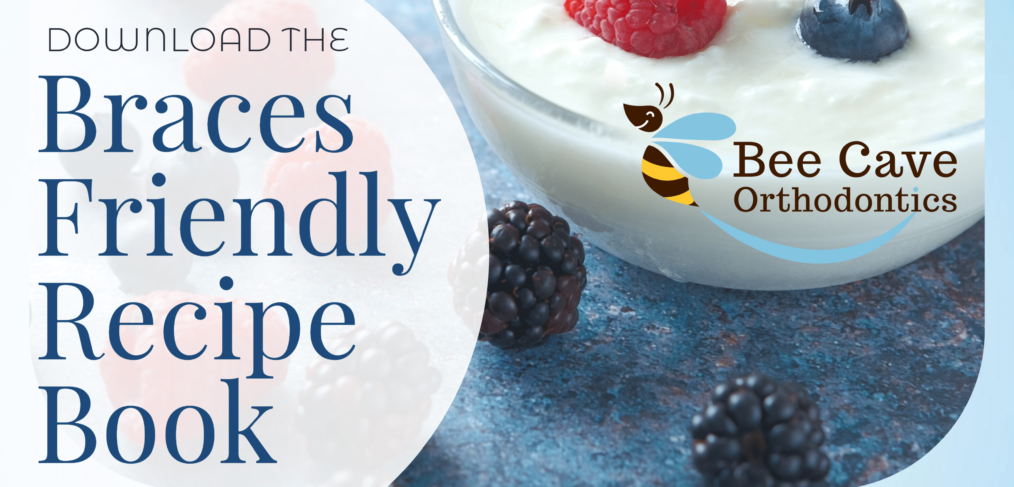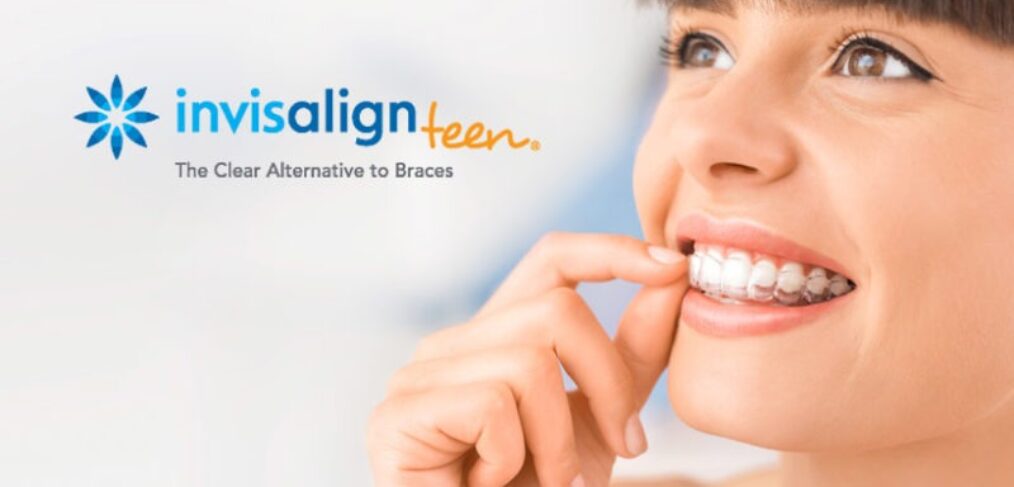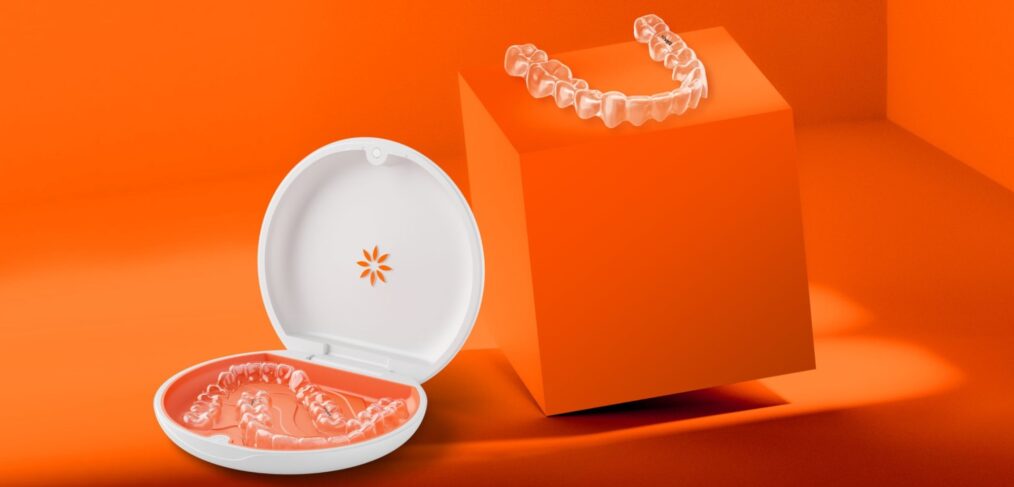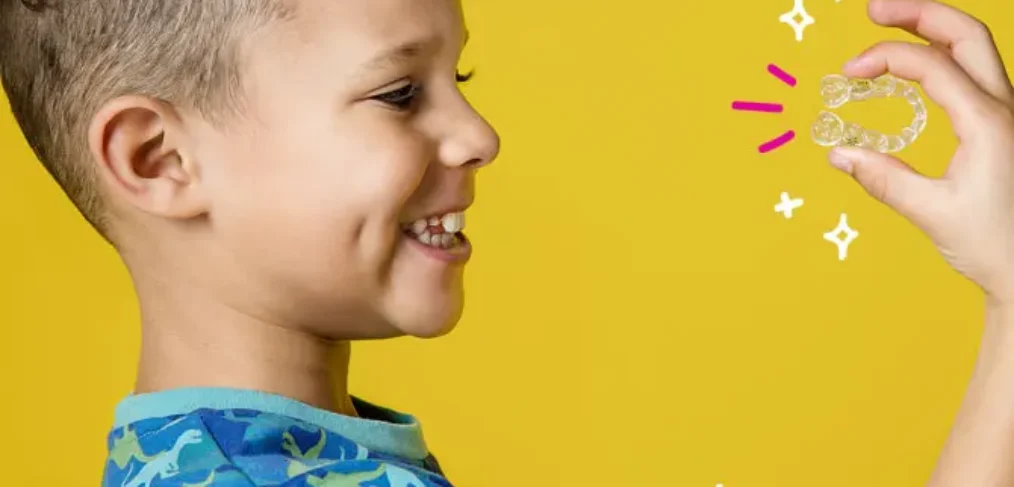Invisalign is the Best Choice: Learn the top 5 benefits of Invisalign over traditional braces for your child’s smile and lifestyle.- Bee Cave Orthodontics – Austin, Texas
As a parent, you want the best for your teen—especially when it comes to their health and confidence.
Orthodontic treatment is a big decision, and with so many options available, it can be overwhelming to choose the right one. I
f your teen is constantly on the go with school, sports, and social activities, you might be wondering: Is there an orthodontic solution that fits their busy lifestyle? The answer is yes—Invisalign.
Dr. D, a leading pediatric orthodontist in Austin, Texas, and a trusted Invisalign speaker, specializes in helping teens achieve beautiful, healthy smiles with Invisalign.
In this blog post, we’ll explore the top 5 benefits of Invisalign over traditional braces for busy teens. Let’s dive in!
1. Invisibility: Confidence Without Compromise
One of the biggest concerns for teens is how braces will affect their appearance. Traditional metal braces can make teens feel self-conscious, especially during important moments like school photos, presentations, or social events. Invisalign aligners are virtually invisible, allowing your teen to straighten their teeth without drawing attention to their orthodontic treatment. This boost in confidence can make a world of difference during those formative years.
2. Comfort: No More Metal Mouth
Traditional braces come with brackets and wires that can irritate the gums and cheeks, causing discomfort and even sores. Invisalign aligners, on the other hand, are made from smooth, BPA-free plastic that fits snugly over the teeth. There are no sharp edges, and the aligners are custom-designed for your teen’s unique smile. This means less discomfort and more comfort, so your teen can focus on what really matters—school, sports, and fun.
3. Convenience: Perfect for On-the-Go Lifestyles
Busy teens don’t have time for frequent orthodontic emergencies like broken wires or loose brackets. Invisalign aligners are removable, making it easy for teens to eat, brush, and floss without any restrictions. Whether they’re enjoying their favorite snacks, playing sports, or practicing their instrument, Invisalign adapts to their lifestyle—not the other way around. Plus, with fewer emergency visits to the orthodontist, you’ll save time and stress.
4. Oral Hygiene: Healthier Teeth and Gums
Traditional braces can make it challenging to maintain proper oral hygiene. Food particles can get stuck in the brackets and wires, increasing the risk of cavities and gum disease. With Invisalign, your teen can simply remove the aligners to brush and floss as usual. This makes it easier to keep their teeth and gums healthy throughout their orthodontic journey. Dr. D emphasizes the importance of oral hygiene, especially for growing teens, and Invisalign makes it simple.
5. Faster Results: Efficient and Effective Treatment
While every case is unique, many teens see faster results with Invisalign compared to traditional braces. Invisalign uses advanced 3D imaging technology to create a customized treatment plan that moves teeth efficiently and predictably. Dr. D, as an Invisalign expert, ensures that your teen’s treatment is not only effective but also tailored to their specific needs. For busy families in Austin, this means fewer appointments and quicker results.
Why Choose Dr. D for Your Teen’s Invisalign Treatment?
As a trusted pediatric orthodontist and Invisalign speaker in Austin, Texas, Dr. D is passionate about helping teens achieve their best smiles.
She understands the unique challenges that come with orthodontic treatment during adolescence and is dedicated to providing personalized care that fits your teen’s lifestyle.
With her expertise and commitment to excellence, you can trust Dr. D to guide your family through every step of the Invisalign journey.
Ready to Explore Invisalign for Your Teen? Schedule a Free Consultation Now!
If you’re considering orthodontic treatment for your teen, Invisalign offers a modern, convenient, and effective solution.
5 Strong Reasons Why Invisalign is the Best Choice for Busy Teens in AustinWith its invisible design, comfort, and flexibility, Invisalign is the perfect choice for busy teens in Austin.
Contact Dr. D’s orthodontic practice today to schedule a consultation and learn more about how Invisalign can transform your teen’s smile—and their confidence.
Click here to Schedule a Free Consultation now!
Want to get to know us a little better? Check out our YouTube Videos!
